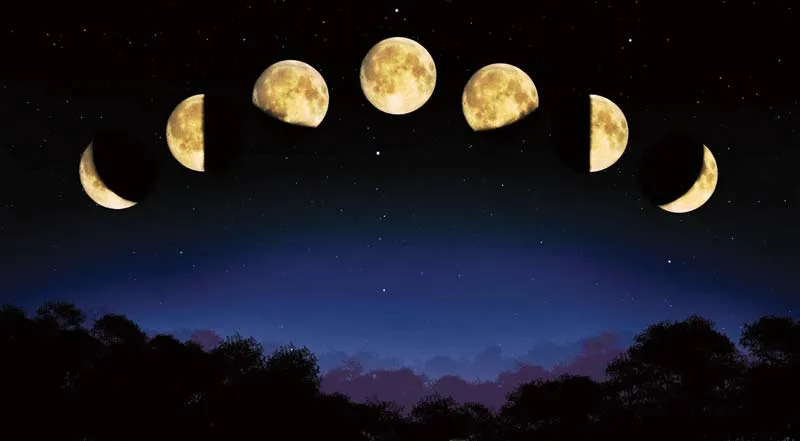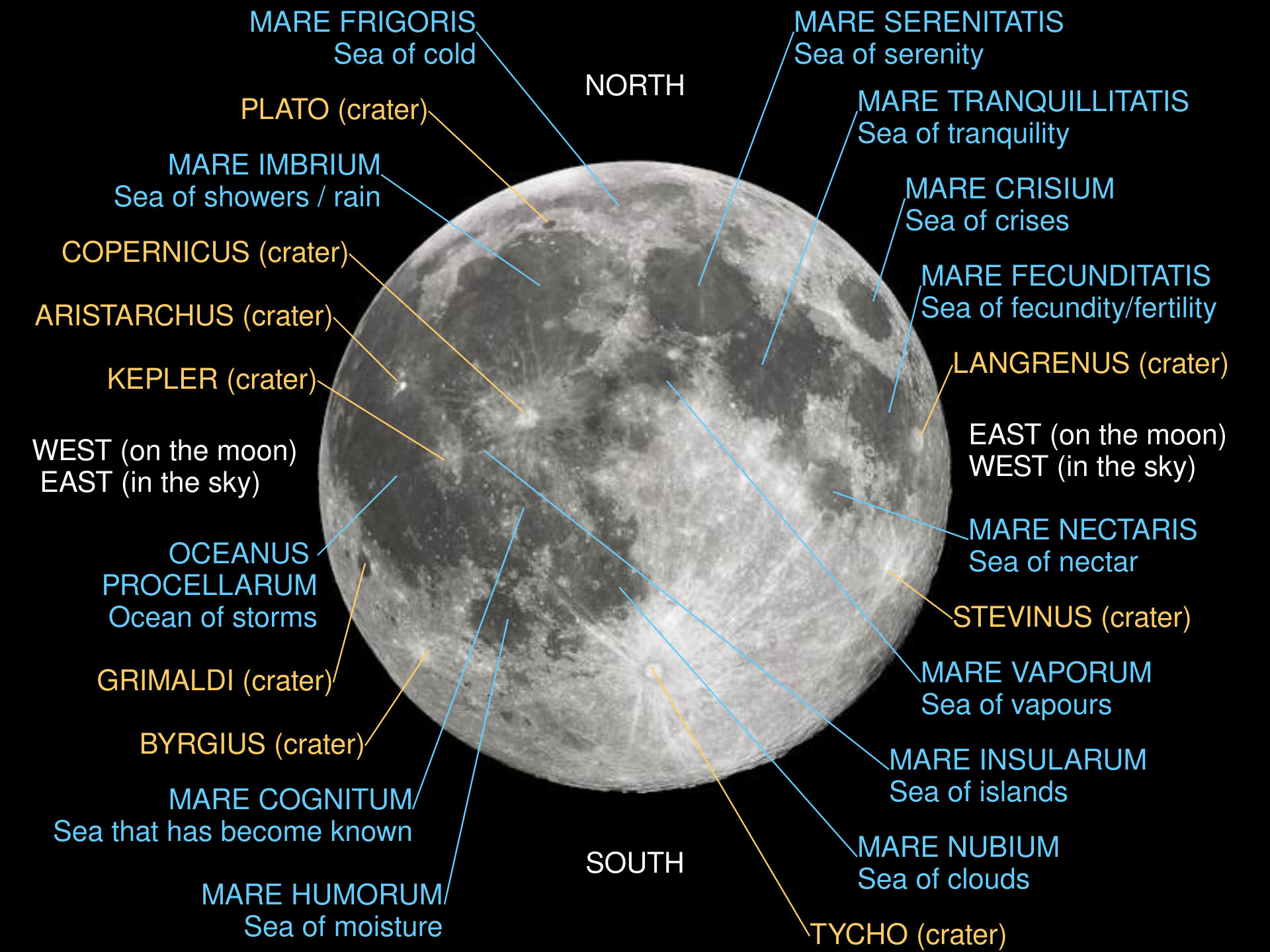The idea of a “clouded side of the Moon” has ignited interest and confusions throughout the long term. Here is a real investigation of what this term genuinely implies:
Misguided judgment Explanation:

• The expression “clouded side of the Moon” frequently prompts the misguided judgment that one side of the Moon is for all time shadowed or without daylight.
• As a general rule, all sides of the Moon get daylight during its circle around the Earth.
Coordinated Pivot:

• The Moon circles the Earth in around 27.3 days, which is a similar period it takes to finish one full turn on its hub.
• This coordinated pivot implies that a similar side of the Moon generally faces the Earth, known as the close to side, while the contrary side is the far side.
Perceivability and Enlightenment:

• The expression “clouded side” alludes to the furthest side of the Moon, which isn’t noticeable from Earth because of coordinated turn.
• Both the close to side and the furthest side of the Moon experience times of light and obscurity as they circle the Sun.
Investigation and Perception:

• The most distant side of the Moon was first seen exhaustively by the Soviet Luna 3 rocket in 1959 and later by Apollo 8 space travelers in 1968.
• Current missions, for example, NASA’s Lunar Surveillance Orbiter, proceed to investigate and plan the whole lunar surface, including the far side.
Contrasts in Landscape:

• The furthest side of the Moon displays contrasts in land highlights contrasted with the close to side, including greater lunar good countries and less huge maria (basaltic fields).
Logical Significance:

• Concentrating on the most distant side of the Moon gives important experiences into lunar topography, influence history, and potential future investigation destinations.
• Its one of a kind qualities make it a significant objective for logical examination and likely future human missions.
Decision:
The possibility of a “clouded side of the Moon” alludes to the far side, which isn’t for all time dim yet rather concealed from Earth because of coordinated pivot. The two sides of the Moon get daylight during their circles, encountering times of sunshine and murkiness. Logical investigation keeps on uncovering the secrets of the Moon’s far side, upgrading how we might interpret lunar topography and its set of experiences. Clearing up confusions about lunar wording advances exact information and enthusiasm for Earth’s normal satellite.
Understanding the elements of lunar turn and enlightenment adds to continuous logical investigation and the potential for future missions to investigate the Moon’s unknown regions.




The notion of a “clouded side of the Moon” has intrigued many and often led to misunderstandings about lunar geography and astronomy. This term can be misleading, as it conflates several concepts related to the Moon’s appearance and visibility.